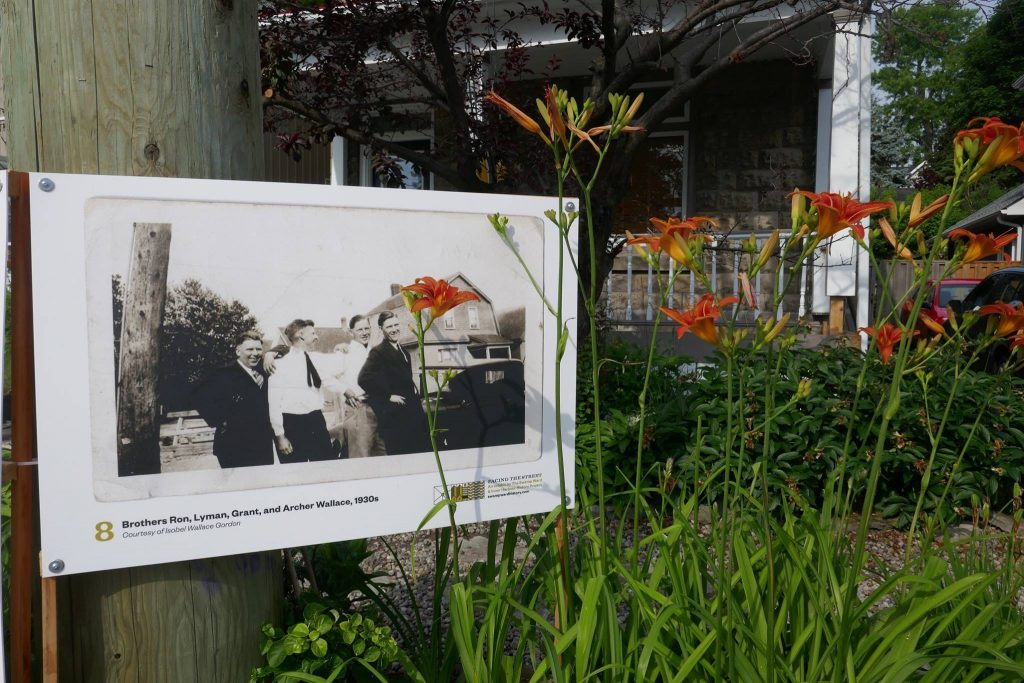The Swamp Ward and Inner Harbour History Project

It seems to me that connecting with the past — or recognizing our broken connections with it — is key to being responsible to the present and the future. It makes us think about our place as a shared place, and reminds us that we have to look after it for those who come after us.
The Swamp Ward and Inner Harbour History Project (SWIHHP) aims to document the history of two of the oldest areas of Kingston, Ontario, Canada. For Indigenous people through centuries, Ka’tarohkwi was a good place to fish, to gather, to trade. After Europeans arrived, the Inner Harbour became industrial, complete with railroads, factories, and docks; the Swamp Ward, adjacent to it, was where workers and their families lived, went to school, went to church, shopped, and played. The area continues to evolve in new ways. Through archival research and oral history, and starting with a focus on the twentieth century, SWIHHP brings people, time periods, spaces, and issues into Kingston’s story and out of the shadow of limestone buildings and celebrated politicians.
The project’s methods are both insistently material and persistently digital. The primary audience is conceived as people in the community itself. While face-to-face engagements are key (walking tours, listening parties, interviews, in situ photo exhibition, etc.), the website interface, app, and podcasts have engaged thousands of people, reflecting back to the neighbourhood and out to others the research as it unfolds. A 94-year-old project participant is one of the project’s most loyal followers on Facebook. In fact, SWIHHP Director Dr. Laura Murray met her on Facebook. At the same time, teenagers are engaged by finding digitally-enlarged family photographs on lawns around the neighbourhood. Digital technologies allow SWIHHP to produce high-quality audio and visual productions, but Dr. Murray and colleagues are committed to making sure the project remains very human at its core. Online engagement is a useful complement to other forms of communication and engagement. It does not replace public events and private interactions, but it reports on, enhances, and documents them. It also allows the SWIHHP team to try out — under the gaze of project participants and colleagues — interpretations that may later be presented to academic audiences. Thus online engagement is key to the ethical practice of the research, not merely a secondary tool for research dissemination.
For additional information, browse the Swamp Ward and Inner Harbour History Project’s website.